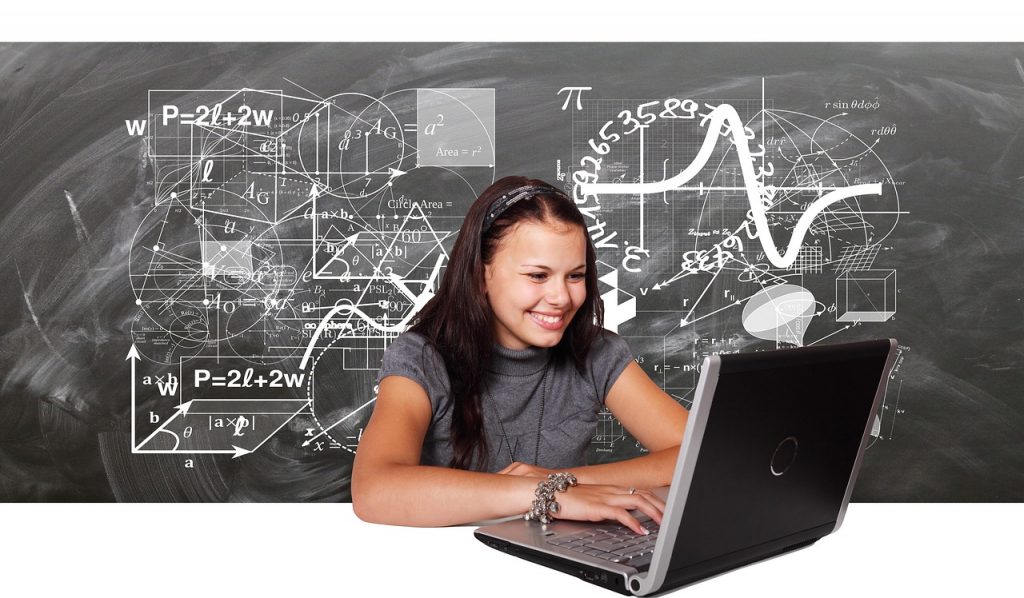Edition: August 15th, 2021
Curated by the Knowledge Team of ICS Career GPS

- Excerpts from article published by the India TV Education Desk
The past year has spurred a high degree of innovation in the education sector. Great advancements in technology were made to augment both the teaching and the learning process.
The year 2020 has been a landmark year that showcased how the future of learning with technology could possibly accelerate the delivery of quality education.
Virtual learning has now become an integral part of school education. Owing to a constantly evolving world, teachers too have begun to adopt smarter technology to impart better learning in classrooms.
Therefore, the school management needs to train and equip teachers with the right digital tools for in-class engagement and effective after-class learning.
Initial challenges
At the start of the pandemic, there were two major issues plaguing virtual classrooms:
- The interactive nature of offline classes was hard to replicate in the virtual setup. This brought down the student engagement levels resulting in weak conceptual clarity.
- The interaction time between teachers and students during virtual classes got reduced to a great extent. This led to partial syllabus coverage, which adversely impacted the academic growth of students.
EdTech to the rescue
- At a time when school administrators and educators were scrambling to navigate the complexities of the digital landscape, technology played a key role in addressing the aforementioned challenges.
- With new-age platforms offering ready-to-use, customisable tech-powered solutions, school authorities could finally implement a standard framework to ensure seamless learning for students.
- Be it digital content in the form of videos, stories and curriculum-tailored presentations for improving teacher-student interaction; or automated attendance tracking systems to ease teachers’ burden, technology was surely a boon in these unprecedented times.
- Technological interventions were also a game-changer in improving educational standards in schools.
- By providing digital assistance to educators through personalised courses, video-based learning modules and integrated applications, the role of EdTech in helping India prepare for the e-learning revolution that took place cannot be overstated.
Road ahead
- As the majority of schools continue to conduct classes virtually, we need to build upon our learnings from last year and work to improve teaching-learning methodologies.
- The novel learning experiences in school education will pave the way for the hybrid classrooms of the future, where the best of the online world is combined with the effectiveness of in-person interaction.
…
(Disclaimer: The opinions expressed in the article mentioned above are those of the author(s). They do not purport to reflect the opinions or views of ICS Career GPS or its staff.)



